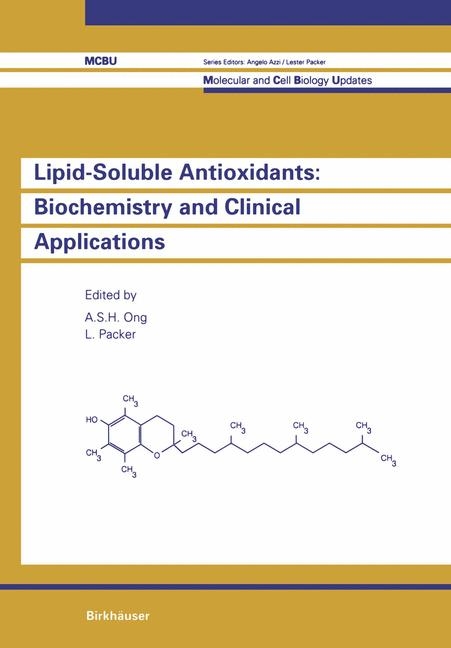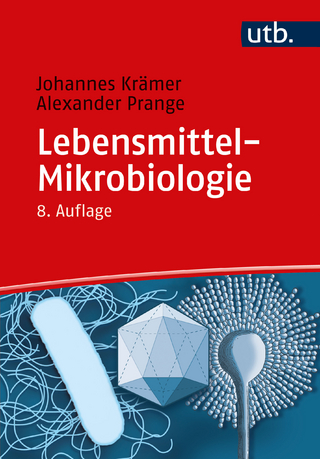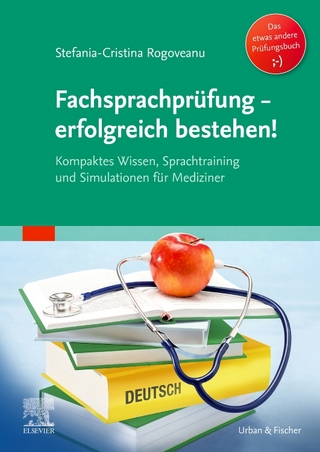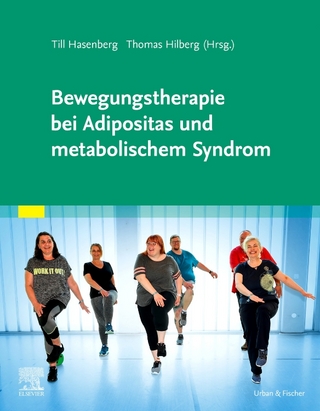
Lipid-Soluble Antioxidants: Biochemistry and Clinical Applications
Springer Basel (Verlag)
978-3-7643-2667-8 (ISBN)
- Titel ist leider vergriffen;
keine Neuauflage - Artikel merken
Vitamin E: Tocopherols and Tocotrienols and Ubiquinones.- New horizons in vitamin E research — The vitamin E cycle, biochemistry, and clinical applications.- The reactivity of tocotrienols and other lipid-soluble antioxidants towards peroxyl radicals.- Physical/chemical studies of vitamin E in membranes.- Synergistic effect of lipid hydroperoxyl radical scavenging and lipid hydroperoxide reduction in the inhibition of lipid peroxidation in biomembranes.- Determination of rate constants for antioxidant activity and use of the crocin assay.- Vitamin E in protection of oxidative impairment in endothelial and platelet functions.- Antioxidant effectiveness of tocopherol isomers.- Effect of vitamin E on metabolism of uremic low density lipoproteins in human monocyte-derived macrophage.- Difference of antioxidative effect between vitamin E and selenium.- Tocopherol and tocotrienol plasma transport and tissue concentrations: Implications for their relative biological functions.- Modulation of cell proliferation by tocopherols and tocotrienols: Role in arteriosclerosis.- Vitamin E and health in the marmoset monkey: A non-human primate model for nutritional research.- Antitumor and antioxidant activity of tocotrienols.- Tocopherols, carotenoids and the glutathione system.- Nutrition of tocotrienols and lipid metabolism.- Carotenoids, Flavonoids and Retinoids.- Carotenoids and vitamin A: An overview.- Metabolism of carotenoids by enzymes of oxygen metabolism.- Role of ?-carotene in disease prevention with special reference to cancer.- Anti-tumor and anti-tumor promoting activity of ?- and ?-carotene.- Production of palm oil carotenoid concentrate and its potential application in nutrition.- Carotenoids, novel polyene polyketones and new capsorubin isomers as efficient quenchers of singlet molecular oxygen.- Modification of alloxan diabetes in rats by vitamin A status.- Flavonoids in foods: Their significance for nutrition and health.- Studies on flavonoids and related compounds as antioxidants in food.- Autocoid-immunopharmacology of flavonoids.- Anticarcinogenicity of flavonoids as studied by inhibition of lipid peroxidation, microsomal degranulation and their interactions with benzo(a)pyrene metabolites.- Role of retinoids in modulating the molecular actions of environmental carcinogens.- Parasitic and Infectious Diseases.- Free radicals and antioxidants in malaria.- Oxygen free radicals in malaria.- The mechanism of antimalarial action of artemisinin (Qinghaosu).- Erythrocytic GSH level and stability in Plasmodium vivax malaria.- Plasma lipid peroxidation in P. falciparum malaria.- Presence, formation and function of ubiquinones Q6 and Q8 in filarial parasites.- Catalase activity in red cell and liver of mice infected with Plasmodium berghei.- Clinical Applications. Antioxidant Therapy.- The hypolipidaemic effect of different diets.- Epidemiological correlations between poor plasma levels of essential antioxidants and the risk of coronary heart disease and cancer.- Effect of different antioxidants in experimental myocardial infarction.- Lipid-soluble plant phenols as antioxidants and anti-mutagens.- Anti-cancer effects of cis-unsaturated fatty acids both in vitro and in vivo.- Clinical studies on polyunsaturated fatty acids and antioxidants in African children.- Dihydrolipoic acid is protective against reperfusion injury.- Effect of japanese herbal medicine, Sho-saiko-to-go-keishi-kashakuyaku-to (TJ-960) on aging.- Lipoprotein oxidation.- Hepatic lipid peroxidation in ethanol potentiated aflatoxin B1 hepatotoxicity.- Palm oil vitamin E effects in hypercholesterolemia.- Fat soluble antioxidant vitamins in cancer patients.- Butylated hydroxytoluene toxicity.- Effects of tocotrienols-rich vitamin E on patients with peripheral vascular disease.- Protection from air pollution injury by dietary vitamin E.
| Erscheint lt. Verlag | 31.7.1992 |
|---|---|
| Reihe/Serie | Molecular and Cell Biology Updates |
| Zusatzinfo | XII, 642 p. 39 illus. |
| Verlagsort | Basel |
| Sprache | englisch |
| Gewicht | 1424 g |
| Themenwelt | Medizin / Pharmazie ► Medizinische Fachgebiete |
| Sozialwissenschaften | |
| Schlagworte | Antioxidans • Antioxidantien • Biochemie • biochemistry • Biologische Medizin • biomolecules • Hardcover, Softcover / Medizin/Klinische Fächer • HC/Medizin/Klinische Fächer • Membrane • Metabolism • Mikrobiologie • spectroscopy |
| ISBN-10 | 3-7643-2667-0 / 3764326670 |
| ISBN-13 | 978-3-7643-2667-8 / 9783764326678 |
| Zustand | Neuware |
| Haben Sie eine Frage zum Produkt? |
aus dem Bereich


